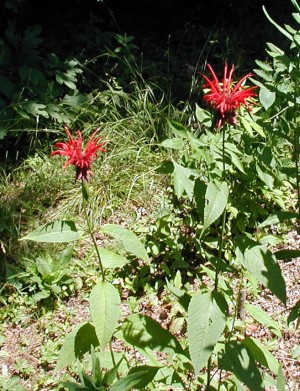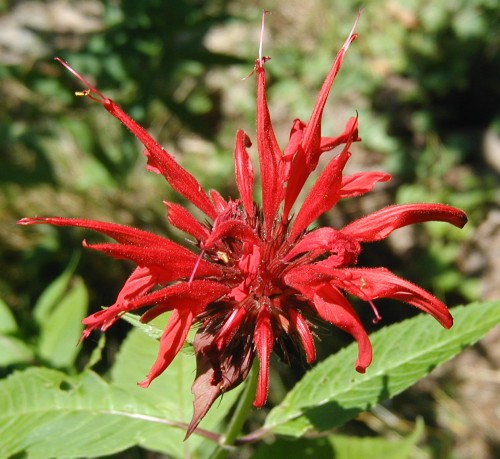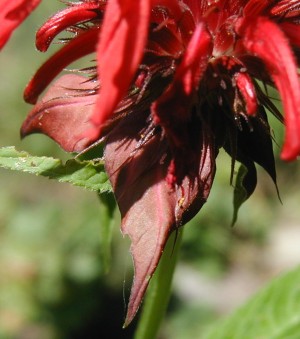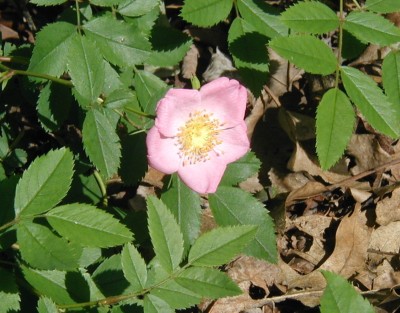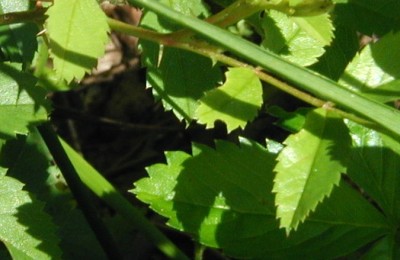The Peterson Medicinal Plants Guide says that coltsfoot can be found from Nova Scotia south to New Jersey and west to Ohio and Minnesota. It is an alien plant, or one that is not native to America. Newcomb’s Wildflower Guide simply marks it with an asterisk to note that it’s an alien plant.
Coltsfoot, Tussilago farfara, is native to parts of Europe and Asia. It was most likely brought to North and South America by settlers who used the plant for its healing properties.
Coltsfoot has been used in folk medicine for a long time. Leaves and flowers are used in herbal tea as an expectorant and demulcent. The dried leaves are smoked for coughs and asthma.
Caution: compounds in wild coltsfoot have been found to be toxic to the liver.
The toxic compounds were more concentrated in the flower than in the leaf. Since we don’t know the dose that we’d get in a cup of tea from any particular plant, we probably should play it on the safe side and not drink the tea too often — and drink herbal tea made from the leaves, not flowers.
In the early summer we’ll be harvesting coltsfoot leaves for a Soothing Throat Tea.
Here’s a photo of coltsfoot leaves taken on 25 Jun 2007. They get pretty big at about 8-10 inches long by 6-8 inches wide in a scalloped, horseshoe shape.
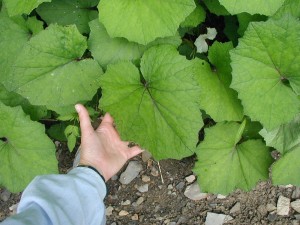
Places for more research on Coltsfoot medicinal uses:
- Plants For A Future database
- New Zealand Herb Data
- Henrietta’s Herbs for Cough
![Reblog this post [with Zemanta]](http://img.zemanta.com/reblog_e.png?x-id=a48634fe-3284-49e2-a321-3156fc81e626)
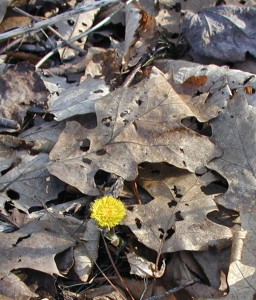
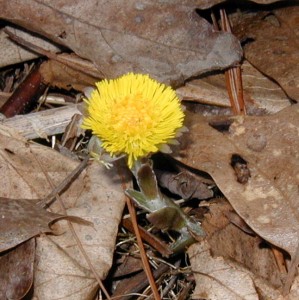
![Reblog this post [with Zemanta]](http://img.zemanta.com/reblog_e.png?x-id=34dfc595-dafa-46d0-9f98-d53ca593981d)


![Reblog this post [with Zemanta]](http://img.zemanta.com/reblog_e.png?x-id=a5081689-3c7d-4e93-9c60-0e94e845e5b5)
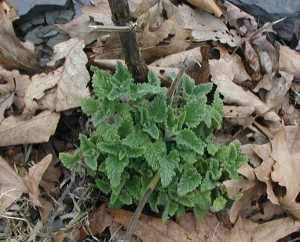

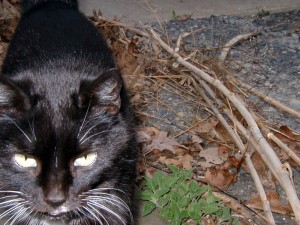
![Reblog this post [with Zemanta]](http://img.zemanta.com/reblog_e.png?x-id=6c90decb-767c-4a27-b002-346cc3ce8bc1)
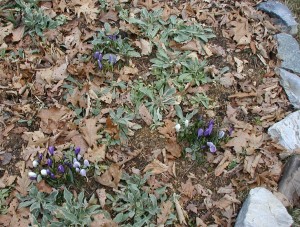
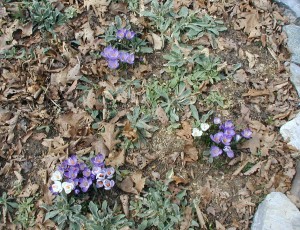
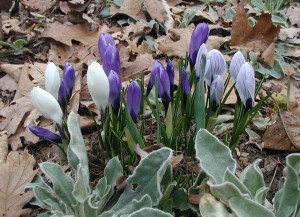
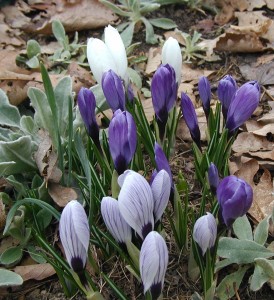
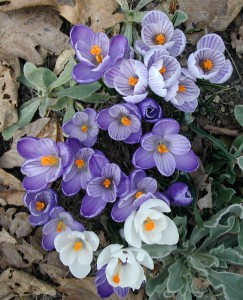
![Reblog this post [with Zemanta]](http://img.zemanta.com/reblog_e.png?x-id=9e7aef1a-da45-44e1-8fbb-0ebaf5003afa)
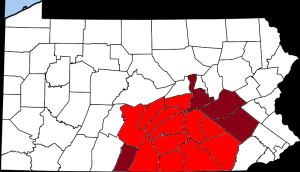
![Reblog this post [with Zemanta]](http://img.zemanta.com/reblog_e.png?x-id=406696e5-3ff6-40ea-8d13-d69cd1234a6d)
